Space News
Universe Today
36

Image Credit: Universe Today
Why We Think Theia Existed
- The giant-impact hypothesis suggests that a Mars-sized body named Theia collided with the early Earth.
- The collision with Theia altered Earth's rotational dynamics and led to the formation of the Moon.
- The existence of a substantial moon is a unique characteristic of Earth among rocky planets.
- Evidence from the lunar regolith returned by Apollo missions supports the common origin of Earth and the Moon.
Read Full Article
2 Likes
Medium
169

Image Credit: Medium
Galaxy with Many Lights
- This galaxy is a multi-talented light show, showcasing various celestial lights.
- The galaxy's disk is filled with shining stars, giving it a beautiful glow.
- Within its arms, bubbles of hydrogen gas shine in a vibrant red light due to radiation from infant stars.
- The galaxy's center features a ring of hot gas with spectacular stars emitting powerful X-rays and an active galactic nucleus.
Read Full Article
10 Likes
Metro
151

Image Credit: Metro
Odds of ‘city killer’ asteroid hitting Earth increase yet again
- Nasa has increased the odds once again of ‘city killer’ asteroid YR4 whacking into Earth in 2032.
- The likelihood is now 2.6%, meaning around 1 in 38 chance of a direct hit.
- Chris Hadfield, a former commander of the International Space Station, said this space rock could potentially strike with a force 500 times more powerful than the atomic bombs which ended World War Two.
- Even if not, it’s more likely to splash down in the ocean than in London or Manhattan.
Read Full Article
9 Likes
Discover more
Knowridge
101
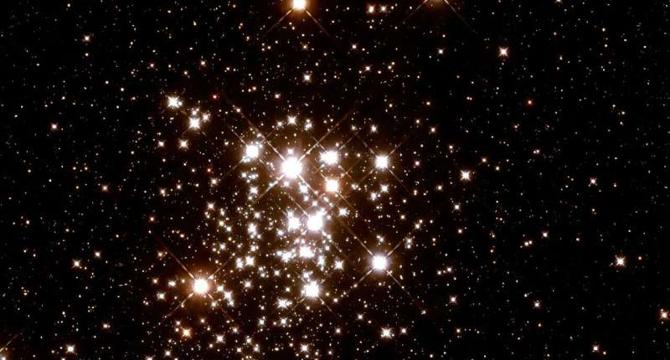
Image Credit: Knowridge
Hubble reveals key details about a massive star cluster
- Astronomers using the Hubble Space Telescope (HST) have studied one of the largest young star clusters in our galaxy, Westerlund 1.
- The cluster is not perfectly round, but stretched out in a northeast-southwest direction, with an eccentricity of 0.71.
- Westerlund 1 has a velocity dispersion lower than expected, suggesting it formed with high efficiency or experienced minimal disruption after its birth.
- The study provides important insights into the evolution and formation history of massive young star clusters, supporting the idea of mass segregation.
Read Full Article
6 Likes
TechnologyReview
450
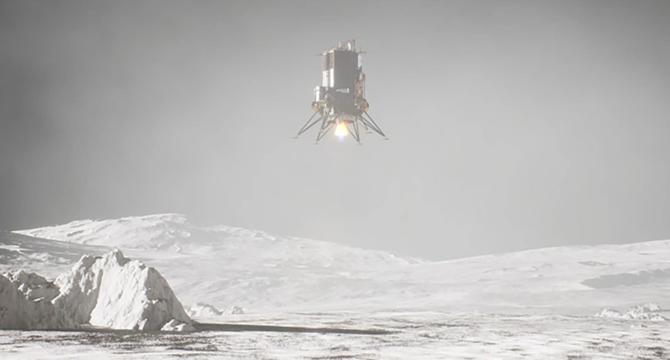
Image Credit: TechnologyReview
Nokia is putting the first cellular network on the moon
- Intuitive Machines will launch a lunar mission with a 4G cellular network, including a lander, rover, hopper, and communications satellite.
- Nokia designed the network to enhance data transfer speeds, range, and device connections for future lunar missions under NASA's Artemis program.
- The cellular components are radiation-resistant and resilient against extreme conditions, packed in a 'network in a box' powered by solar panels.
- During the IM-2 mission, the 4G network will facilitate communication between the lander and vehicles, with plans for expansion to cover the Artemis habitat.
- However, concerns exist over potential interference with radio astronomy due to radio signals and the need for regulatory compliance with frequency allocation.
- To address interference concerns, Nokia received a waiver for the IM-2 mission but plans to shift frequencies for permanent deployment while ensuring compatibility with terrestrial standards.
- The envisioned lunar cell network could support future lunar economy and integration with spacesuits, offering connectivity akin to Earth's networks for lunar activities.
- Despite regulatory and interference challenges, Nokia's goal is to provide seamless connectivity on the moon, potentially even supporting smartphones with lunar SIM cards.
Read Full Article
27 Likes
Hackaday
114
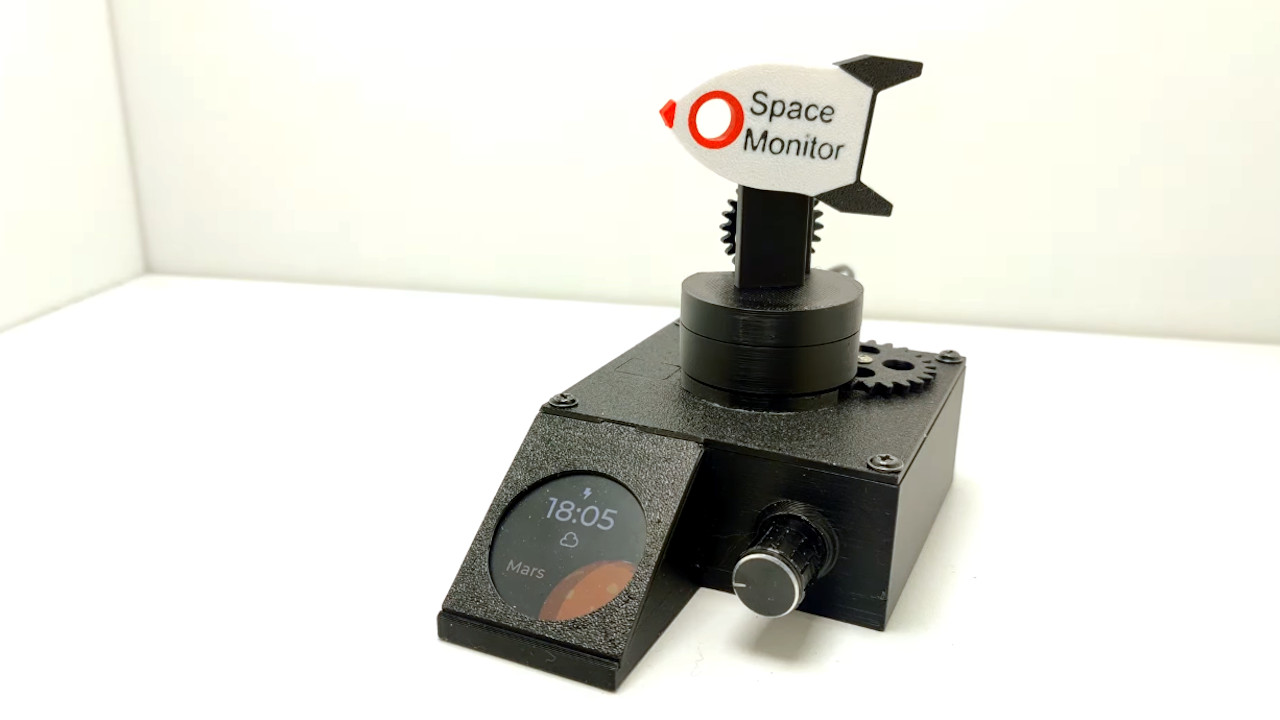
Image Credit: Hackaday
Space Monitor Points Out Celestial Objects
- Space Monitor is a device designed by Kevin Assen that can point out the locations of objects in space.
- Currently, Space Monitor is capable of tracking the International Space Station (ISS) and Mars.
- The device utilizes 3D printing and an ESP32 for control, with a round LCD displaying the tracked object and weather information.
- Space Monitor serves as a development platform for various concepts and includes features like remote firmware updates and on-screen QR configuration.
Read Full Article
6 Likes
Medium
271

Image Credit: Medium
The Greatest Theories That Shaped Our World
- Einstein's Theory of Relativity revolutionized physics by introducing the concept of relative time and space, with E = mc² as a groundbreaking equation.
- Charles Darwin's Theory of Evolution by Natural Selection explained how species evolve over time, transforming the field of biology.
- The Germ Theory of Disease, developed by Louis Pasteur and Robert Koch, established the link between microorganisms and diseases, leading to major advancements in medicine and saving countless lives.
- Quantum Mechanics, formulated by scientists like Schrödinger and Heisenberg, revealed the peculiar behavior of particles at the atomic level, influencing modern technology and computing.
Read Full Article
16 Likes
Medium
358
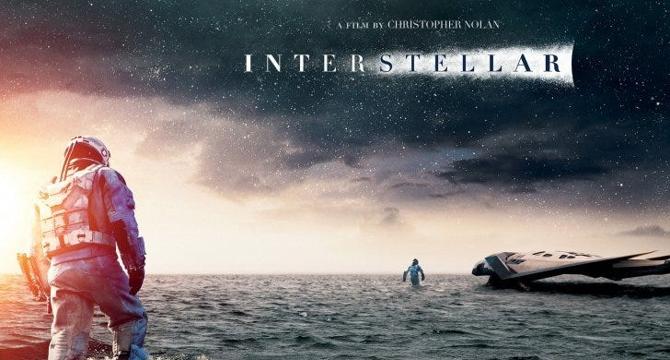
Image Credit: Medium
Can Machines Ever Be Truly Human? A Powerful Lesson from Interstellar
- Interstellar raises the question of whether machines can ever truly be human.
- The movie highlights the distinction between artificial intelligence and human intelligence.
- AI lacks the capacity for instinct, emotion, and self-preservation.
- While AI may outperform humans in logic and efficiency, it lacks intuition, emotions, and existential awareness.
Read Full Article
21 Likes
Medium
418
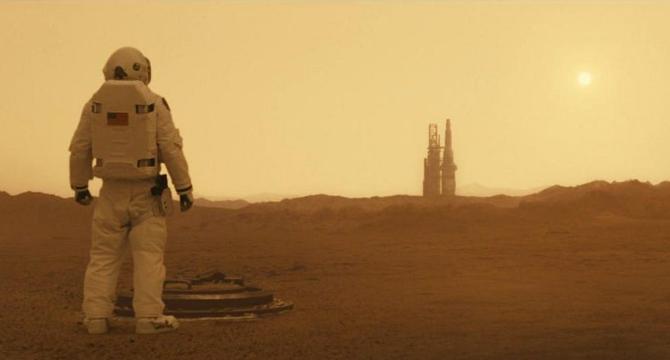
Image Credit: Medium
The world of Ad Astra
- The world of Ad Astra is a possibility of what humans can achieve in the future.
- Human have colonized the Moon and Mars, but have not made contact with alien life forms yet.
- The film portrays the realities of human greed and criminal instincts in space.
- The world-building in Ad Astra shows both the bright future possibilities and the bitter reality of human crimes.
Read Full Article
25 Likes
Medium
404

Image Credit: Medium
Residential Architects: Creating Homes that Reflect Your Identity and Lifestyle with Thoughts…
- Residential architects design spaces that promote belonging, peace, and functionality.
- They tailor every aspect of the home's design to meet the unique needs of the client.
- Residential architects optimize space to make the most of every square foot.
- They incorporate eco-friendly practices and materials to create sustainable homes.
Read Full Article
24 Likes
Medium
303
Image Credit: Medium
Ezekiel and the Future of UFOs: Prophecies of Cosmic Encounters
- Ezekiel's vision in the Book of Ezekiel has led to varied interpretations over the centuries, including theories about extraterrestrial encounters.
- In the context of modern UFO phenomena, Ezekiel's visions are being explored for potential cosmic encounters that could shape humanity's future.
- The detailed description of Ezekiel's encounter with the divine includes powerful storm clouds, living creatures with multiple faces and wings, and a chariot-like structure with interlocking wheels.
- The notable aspect of the vision is the 'wheels within wheels,' which has drawn attention from UFO enthusiasts for its resemblance to modern depictions of UFOs.
- The intricate details of the vision, such as fiery movements and advanced technology, align with characteristics often associated with UFO sightings.
- Ezekiel's vision may be interpreted as an early encounter with a UFO or extraterrestrial craft, given its similarities to modern accounts of unexplained aerial phenomena.
- The vision raises questions about cosmic encounters and humanity's potential future interactions with extraterrestrial life.
- Interpretations of Ezekiel's vision suggest that future encounters with extraterrestrial beings may be both awe-inspiring and unsettling for humanity.
- The advanced technology and spiritual implications in Ezekiel's vision hint at a future where humanity's understanding of the universe is challenged by contact with extraterrestrial civilizations.
- Whether seen as a divine revelation or a warning, Ezekiel's vision offers insights into the mysteries of the cosmos and the potential for cosmic encounters that lie ahead.
Read Full Article
18 Likes
Universe Today
133

Image Credit: Universe Today
Unlocking Venus’ Secrets with VATMOS-SR Mission Concept
- A recent study discussed a mission concept called VATMOS-SR aiming to collect Venus' atmospheric samples to understand the varied evolution of Venus and Earth.
- The mission could provide insights into how Venus diverged from Earth's evolution despite being similar in size and solar system positioning.
- Scientific objectives of VATMOS-SR include studying volatile element sources, past formations, and outgassing in Venus' atmosphere.
- The mission plans to collect atmospheric samples at high speeds above Venus for detailed analysis on Earth.
- VATMOS-SR holds advantages in precise laboratory analysis but faces limitations in high-speed fractionation and time-sensitive gas preservation.
- The mission aims to understand Venus' atmosphere evolution, habitability factors, and implications for exoplanet research.
- Next steps for making VATMOS-SR a reality involve proposal submissions, securing funding, and operational developments with potential ESA involvement.
- VATMOS-SR may offer insights into Venus' inhabitability history and whether life could have existed on the planet at some point.
- The mission concept presents an international collaboration and hopes to provide new insights into Venus' evolutionary history.
- VATMOS-SR's potential in unraveling Venus' secrets and contributing to solar system understanding underscores the importance of scientific exploration.
Read Full Article
8 Likes
Universe Today
390

Image Credit: Universe Today
Huge Release of Type 1a Supernovae Data
- Type 1a supernovae are powerful events occurring in binary systems with white dwarf stars, significant for measuring distances in the Universe.
- An international team released a catalog from the Zwicky Transient Facility, revealing 3628 nearby Type 1a supernovae.
- This dataset is a milestone in astrophysics and could impact our understanding of supernovae and the Universe's expansion history.
- The ZTF survey's depth and strategy led to the detection of nearly four supernovae per night.
- The data release through a paper in Astronomy & Astrophysics is led by Dr. Mickael Rigault and Dr. Matthew Smith.
- The survey uses a 600-megapixel CCD mosaic camera to scan the sky and detect supernovae within 1.5 billion light-years of Earth.
- The Hubble Constant and the accelerating expansion rate of the Universe are key focuses of this research.
- The ZTF supernova data is crucial for understanding cosmic distances accurately and resolving issues like the Hubble Tension.
- Variations in Type Ia Supernovae based on host environment suggest a need to revise correction mechanisms for measuring cosmic expansion.
- The data will be important for future missions like the Nancy Grace Roman Space Telescope to explore cosmological fundamentals.
Read Full Article
23 Likes
Universe Today
18

Image Credit: Universe Today
The Moon Solidified 4.43 Billion Years Ago
- New measurements of rocks gathered during the Apollo missions indicate that the Moon solidified around 4.43 billion years ago, coinciding with Earth becoming habitable.
- The analysis of Moon rocks shows it initially formed as a molten blob post-collision, leading to its layering and the formation of the residual liquid KREEP.
- Research on KREEP found in the Apollo rocks suggests it formed around 140 million years after the birth of the Solar System.
- Scientists studied the lutetium-hafnium ratio in Moon rocks to determine the timing of KREEP formation, leading to the conclusion of around 4.43 billion years ago.
- The Moon's solidification occurred amidst planetary impacts, shedding light on its early history post-formation from a collision with a Mars-sized world.
- The study's findings contribute to understanding lunar history and Earth's evolution, with implications for the last major impact on Earth during the Moon's formation.
- The dating of lunar cooling aids in comprehending Earth's transformation into a habitable world, crucial for the evolution of life.
- By clarifying the Moon's history, scientists are better prepared for upcoming missions like Chang'e and Artemis to gather more lunar knowledge.
- Further rock samples from the South Pole-Aitken basin are expected to provide more insights into the Moon's history and geological timeline.
- Understanding the Moon's cooling process helps in deciphering the formation of rock deposits like mare basalts, crucial for revealing lunar surface evolution.
Read Full Article
1 Like
For uninterrupted reading, download the app